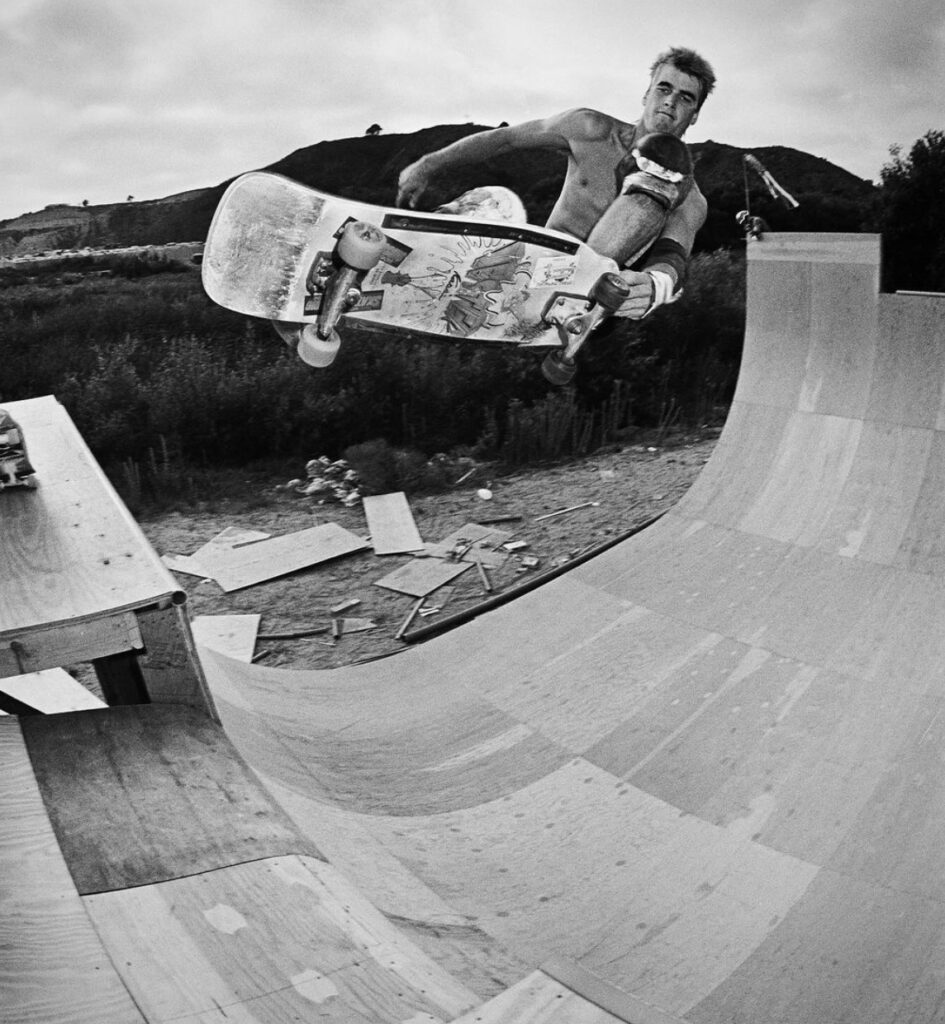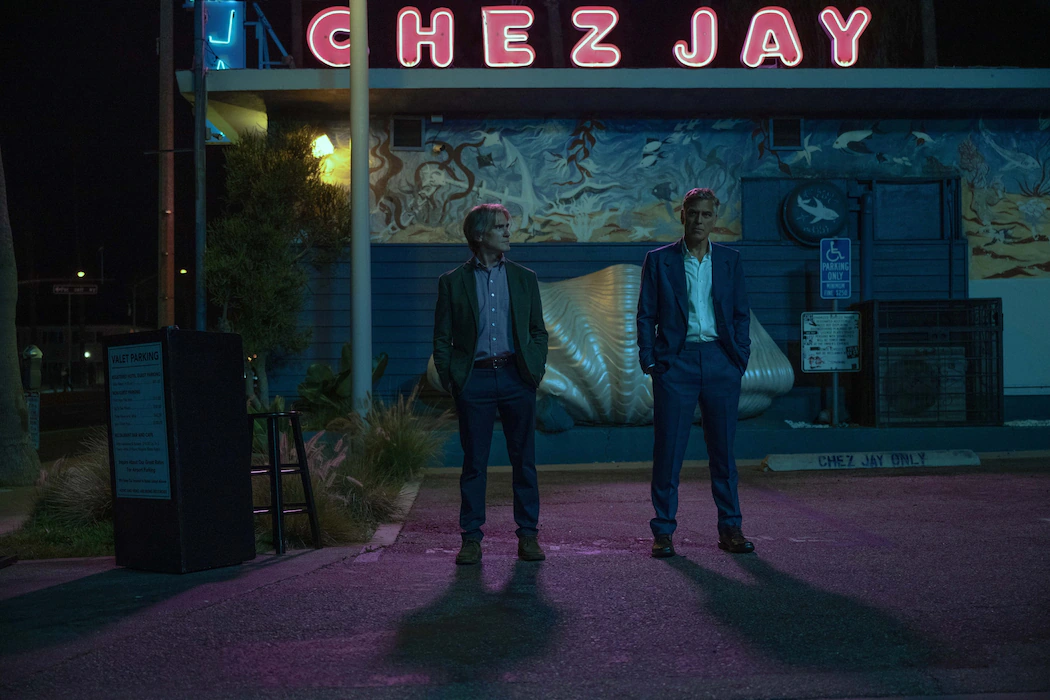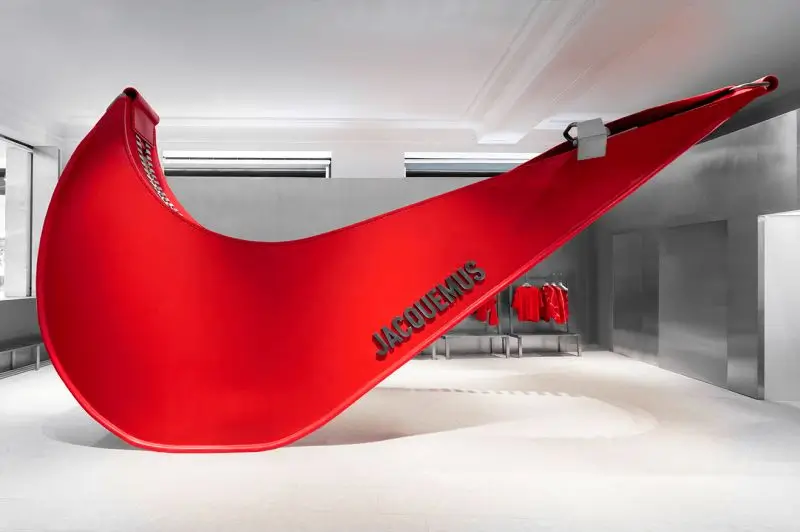The world of skateboarding is filled with iconic moments and figures who have shaped the culture, style, and evolution of the sport. One such figure is photographer J. Grant Brittain, whose lens has captured some of the most legendary moments in skateboarding history. Recently, Brittain shared a previously unreleased photo of skater Tim Payne on the Chin Ramp, a ramp that Payne himself built in 1986 in Oceanside, California. This photo is not just a nostalgic trip into the past, but a powerful reminder of the DIY ethos, creativity, and sense of community that has defined skateboarding for decades.
The Chin Ramp, built by Payne, was more than just a physical structure—it represented a pivotal moment in skateboarding history. The release of Brittain’s photo, featuring Payne riding his own creation, sparks a critical examination of the intersection of skateboarding culture, architecture, and visual documentation. The photograph captures more than just a trick or a session; it embodies a spirit of innovation, artistic expression, and the raw energy that defined the 1980s skateboarding scene.
J. Grant Brittain: The Chronicler of Skateboarding History
J. Grant Brittain’s work is synonymous with the history of skateboarding. As one of the pioneering photographers of the sport, Brittain’s photographs have appeared in countless skate magazines and publications, offering a glimpse into the lives of skateboarding legends like Tony Hawk, Christian Hosoi, and Mark Gonzales. Brittain’s photography has always been about more than just documenting tricks; it has been about capturing the essence of the skateboarding lifestyle—the freedom, the rebellion, and the camaraderie.
His ability to capture moments that feel both intimate and iconic is what has cemented Brittain’s place as one of the most influential photographers in the skateboarding world. His work is not just a chronicle of skateboarding’s progression but a visual narrative that tells the story of how skateboarding has evolved from a fringe activity into a global cultural phenomenon.
The photo of Tim Payne on the Chin Ramp is quintessential Brittain. It showcases his ability to not only document the technical aspects of skateboarding but also convey the atmosphere, the context, and the emotion of the moment. The photo is a testament to Brittain’s enduring influence and his ability to make each shot feel timeless, even decades after it was taken.
The Chin Ramp: An Architectural Feat in Skateboarding
The Chin Ramp, which is as famous as the skaters who rode it, was a groundbreaking structure in the world of skateboarding ramps. Built in 1986 by Tim Payne, a talented skater and ramp designer, the Chin Ramp was located in Oceanside, California, and became a key location for some of the most innovative skate sessions of the time. It was known for its unique design and difficulty, featuring a spine and several transitions that pushed the boundaries of what skaters could do.
In the 1980s, vert skating was at its peak, and ramps were becoming more complex as skaters sought out new challenges. Payne’s Chin Ramp was a response to this growing demand for innovation. With its intricate design, it allowed skaters to explore new possibilities, linking tricks and transitions in ways that had never been done before. The ramp was not just a place to skate—it was a canvas for skaters to experiment and push their limits.
Tim Payne himself was not just a skater but a visionary in ramp design. Over the years, Payne has gone on to build some of the most iconic ramps in skateboarding history, including competition ramps for events like the X Games and Vans Park Series. The Chin Ramp, however, remains one of his most personal and significant creations. It was a ramp he built for himself and his friends, a place where the Oceanside skate scene could thrive.
The DIY Ethos of Skateboarding
One of the most important aspects of the Chin Ramp is its connection to the DIY (Do It Yourself) ethos that has always been a core part of skateboarding culture. Skateboarding, particularly in its early days, was not a sport with corporate sponsorships or well-funded parks. Skaters often had to build their own ramps, find abandoned pools to ride, or skate on the streets. The DIY approach wasn’t just a necessity—it became part of the culture’s identity.
The Chin Ramp is a perfect example of this DIY spirit. Built by Tim Payne with his own hands, it was a space created by skaters, for skaters. This hands-on, self-reliant attitude is something that has defined skateboarding from its inception. It is about taking matters into your own hands, whether that means building a ramp or inventing a new trick.
In this way, the Chin Ramp represents more than just an innovative structure—it embodies the skateboarding community’s creativity and determination. The ramp was a physical manifestation of the skaters’ desire to push the limits of what was possible, both in terms of design and performance. It was a place where skaters could experiment without the constraints of traditional sports or formal rules.
Tim Payne: The Skater and Designer
Tim Payne’s dual role as both a skater and a designer is key to understanding the significance of the Chin Ramp. Payne wasn’t just a builder—he was also a talented skater who understood the nuances of ramp design from a rider’s perspective. This allowed him to create ramps that were not only technically challenging but also fun and flowy, with transitions that felt natural and fluid.
Payne’s ability to combine his skills as a skater with his architectural knowledge made him one of the most sought-after ramp designers in the skateboarding world. He understood the importance of creating ramps that offered skaters new possibilities, and his work helped to push the evolution of skateboarding in the late 1980s and beyond.
The newly released photo of Payne riding the Chin Ramp serves as a poignant reminder of his influence on both the design and the performance aspects of skateboarding. Here is a man skating on a ramp he built himself, a perfect representation of the DIY ethos and the innovation that has always defined skateboarding. It’s a powerful image, one that speaks to the deep connection between skaters and the environments they create.
The Cultural Impact of the Chin Ramp and Vert Skating
The Chin Ramp emerged during a period of rapid progression in vert skating, a discipline that defined much of the 1980s skateboarding scene. Vert skating, which involves performing tricks on large ramps that feature a vertical wall, was the dominant form of skateboarding during this era, with pros like Tony Hawk, Christian Hosoi, and Steve Caballero pushing the limits of what could be done on ramps.
The Chin Ramp, with its innovative design, became a symbol of this era. It was a place where the best skaters of the time could come together and push each other to new heights. The sessions that took place on the Chin Ramp helped to define the trajectory of vert skating, with skaters experimenting with new tricks, linking complex lines, and pushing the boundaries of what was possible on a ramp.
Though street skating would eventually surpass vert skating in popularity during the 1990s, the influence of ramps like the Chin Ramp cannot be overstated. The innovations that took place on these ramps laid the groundwork for much of modern skateboarding. Many of the technical tricks and transitions developed on vert ramps found their way into street skating, with skaters adapting them to ledges, rails, and other urban obstacles.
The Power of Photography in Skateboarding Culture
J. Grant Brittain’s photograph of Tim Payne riding the Chin Ramp is not just a snapshot of a single moment—it’s a piece of skateboarding history. Photography has always played a crucial role in skateboarding culture, serving as both a way to document the progression of the sport and as a form of artistic expression in its own right. Skate photography captures not just the trick but the context, the style, and the personality of the skater.
For decades, skate magazines like *Thrasher*, *Transworld Skateboarding*, and *Big Brother* served as the primary way that skaters connected with the wider skateboarding world. These publications were filled with photos of pros pushing the boundaries of what could be done on a skateboard, often shot in locations that were inaccessible to most people. The photographers who worked for these magazines, like J. Grant Brittain, became essential to the culture, helping to spread skateboarding’s influence far beyond its original roots.
Brittain’s photo of Tim Payne is a reminder of the power of photography to preserve moments in time, especially in a sport that is as ephemeral as skateboarding. Tricks are landed in a split second, and ramps like the Chin Ramp eventually come down. But through photos, these moments can be captured and revisited for generations.
An Iconic Moment, Preserved
The release of J. Grant Brittain’s photo of Tim Payne on the Chin Ramp offers a powerful look into a formative period in skateboarding history. The image is more than just a photograph of a skater on a ramp—it is a symbol of the creativity, innovation, and DIY ethos that have always defined skateboarding culture. Payne’s Chin Ramp was a groundbreaking structure, and Brittain’s photo captures its significance in both the history of skateboarding and the personal legacy of Tim Payne.
The Chin Ramp and the era it represents may have passed, but its influence lives on. Modern skateboarding owes much to the innovations that took place on ramps like the Chin, and the DIY spirit that drove Tim Payne to build it continues to inspire skaters around the world. Through J. Grant Brittain’s lens, we are reminded of the lasting impact of this legendary ramp and the culture that built it.
No comments yet.








